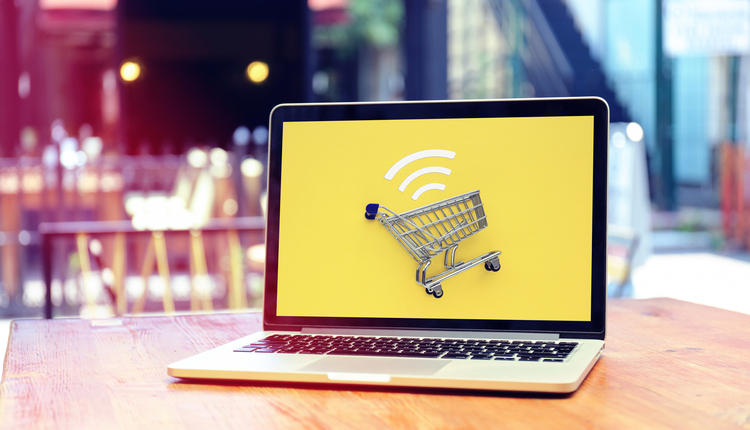A major change to shipping and customs clearance into the European Union (EU) occurred earlier this year, but it has, to a large extent, been obscured by COVID-19 challenges in the supply chain. Still, it is something that US shippers who export into the EU do need to know. More importantly, with supply chain and inventory problems helping to put a premium price on products that consumers can actually receive, US shippers should take note of these changes to plan accordingly in order to sell to a consumer base that wants their products now and in the future.
What Changed?
On July 1 of this year, the European Union removed the de minimis value on products imported into the EU. De minimis is the minimum threshold value where duties and taxes are typically applied. Previously, there was a low value clearance threshold for products falling under a €22 (approximately $26) sale price, where no VAT (value added tax) was applied. After July 1, however, all products have begun to have a VAT assessed on imports into the EU. It is important to note a distinction here: an exemption from customs duty, a different concept, still applies to imported items less than €150 (approximately $174). Much like the UK with Brexit, the EU made this change in an attempt to collect taxes from sellers misrepresenting sale prices to skirt the tax and also to promote intra-EU trade.
How can US shippers pay the VAT and/or ensure their shipments don’t get stopped at the border?
- Sell on an E-Commerce Marketplace
For shippers exporting their products into the EU AND selling the product on an e-commerce marketplace, the marketplace is considered responsible for the collection of the VAT and remitting of it to the proper customs authority.
- Special Arrangement with EU Posts
For shippers exporting their goods under €150, they can make special arrangements on VAT collection and remittance with them directly, although this can be cumbersome and difficult to enact. - IOSS
The Import One Stop Stop (IOSS) was created as a program to help export shippers from a foreign market outside of the EU facilitate and simplify the payment of the VAT on shipments, especially lower value ones. This will allow the shipper to collect the VAT from the buyer in the EU upon checkout and pay directly to the customs authority rather than forcing the buyer to pay for it when the product is imported or upon delivery. In other words, the shipment would then not be held up in customs until the VAT is paid; the shipper simply pays this directly to the EU customs authority.
If an IOSS is the most practical way of paying the VAT, then how do I get one?
If an exporter into the EU wishes to obtain an IOSS VAT Identification Number, the simplest way to do so is to register for one via the European Commission website (https://vat-one-stop-shop.ec.europa.eu/index_en).
Exporters are advised that, while the typical turnaround time for registration and acceptance of the IOSS number is supposed to be a relatively short period, due to high demand, some exporters are seeing it take several weeks.
Are there any other considerations with the IOSS that I should keep in mind?
Yes. An EU post must have a record of the IOSS VAT Identification Number on file to avoid double taxation or the shipment being held by customs. The simplest way to do this is to enter the IOSS VAT Identification Number into the USPS Shipping Services File (SSF), part of the electronic data tendered to the USPS. It is important to note that this information must be tendered to the USPS in the SSF within at least two hours of the shipment’s induction to the USPS network.
The changes to the EU VAT will have consequences that are felt for many years; yet, it represents a strong opportunity for US and Canadian shippers. Obtaining an IOSS VAT Identification Number is the most efficient way for a shipper to pay this tax while keeping shipping costs low enough to be competitive.
Krish Iyer is Head of Industry Relations and Strategic Partnerships, ShipStation. He can be reached at krishna.iyer@shipstation.com
This article originally appeared in the November/December, 2021 issue of PARCEL.



















